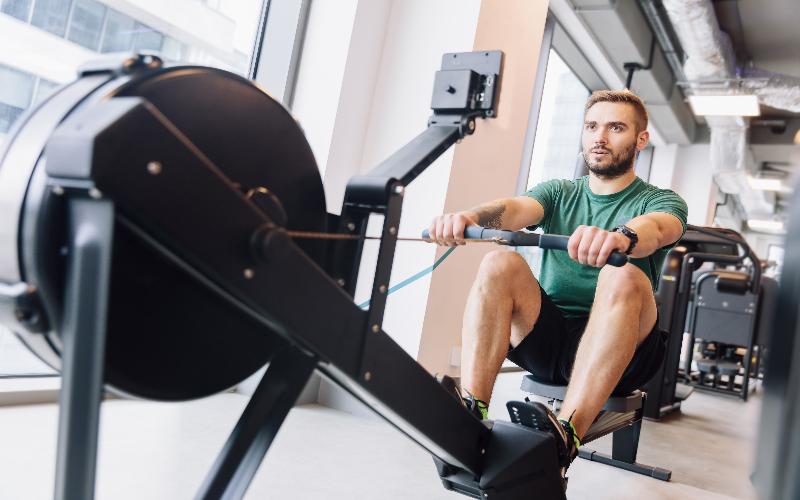When you think of strength training, you probably think of elite athletes or exercise fanatics lifting ridiculously heavy weights at the gym. You may be surprised to hear that strength training and conditioning workouts are ideal for workers who sit at a desk for most of the day. Building strength and increasing muscle mass can help to limit the risk of work-related injuries and conditions such as RSI. With the correct exercise plan, you can help to condition infrequently used muscles, improve posture and address some of the health risks associated with a desk job. Strength training can also boost your mental wellbeing and increase your energy levels - a win-win! We are sure you would like to know more, so we have compiled some useful information about how strength training can be used to prevent office injury.
How Can Strength Training Help?
Our often sedentary personal and work lives can leave us prone to injury and general aches and pains. Our underworked muscles can stiffen up and become tight. Poor posture during prolonged periods of sitting just exacerbates the problem. This muscular tightness leaves us feeling achy and sore and susceptible to work-related musculoskeletal injuries, such as RSI. Sitting for up to eight hours a day or sometimes more can also lead to weight gain, stress and problems with our mental health.
Strength training exercises build up the strength of key muscles within your body. As a result, your muscles are better able to support you and can maintain good posture throughout the day. You will also see an improvement in your mobility and range of motion, allowing your body to bend and stretch more easily with less risk of injury. Strength training can be used to correct any muscular imbalances that can put you at greater risk of musculoskeletal problems. As the saying goes, “if you don’t use it, you lose it” and this is definitely true when it comes to our muscles. If we sit still all day with limited activity, our muscles will slowly begin to break down. This is why it is so important for those in sedentary jobs to get up and move frequently throughout the day.
Strength training is not just about building muscle and making you stronger, it can also help to relieve anxiety and depression. The positive effects on your mood and physical health will boost work productivity and motivation. As these exercises affect the whole body, they can help to combat the negative effects of a desk job. You will be able to lose weight, burn more fat, decrease blood pressure, improve circulation and manage your blood sugar levels.
With so many benefits, surely it is worth giving strength training a try. You don’t have to commit to an intensive resistance workout plan, just start with a few key exercises and see if you notice the benefits.
What Exercises Are Useful?

If the words ‘strength training’ have got you worried - fear not! You will not be expected to lift an Olympic bar on your first go unless you want to of course! They are many strength training exercises that you can try at your desk, using only your body weight for resistance, here are a few:
- Try front and side planks to improve your core strength
- Crunches will strengthen your abdominal muscles, which can help to support your back and maintain good posture
- Activate your leg muscles by trying out a few squats. You can even try chair squats - sitting back into your chair and then standing up before your bottom touches the seat.
You should perform reps of each exercise and increase these as it gets easier. Be sure to warm up your muscles before you start exercising, particularly if you have been inactive.
If you do get the opportunity to venture to the gym and feel like stepping up your routine slightly, there are plenty of exercises that you can try. You might as well make the most of the gym equipment, you will probably be able to choose from kettlebells, resistance machines, barbells and dumbbells. A rowing machine is fantastic for building up strength in your shoulders and back, muscles that bear much of the brunt of desk work. Just make sure that you never lift anything too heavy for you and, if you are unsure, ask for some advice from one of the gym instructors or personal trainers, they may even be able to offer you a tailored training plan.
Final Thought
Hopefully, you now appreciate how some good strength training exercises can help you to improve your health and minimise your risk of work-related injuries. While strength training can help to improve your strength and posture, good quality office furniture is essential when you have a desk-based job. Check out our range of top quality ergonomic office furniture at Flexispot today.